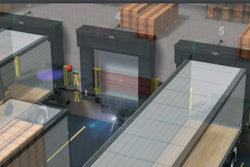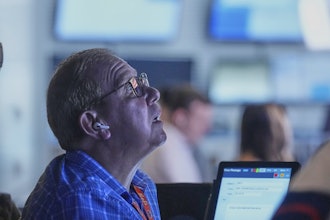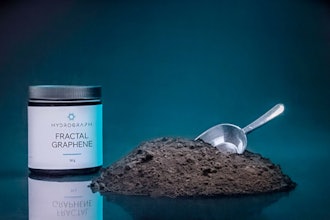There’s a Keystone in every great invention.
Blenders appear in kitchens around the world, mixing, pureeing, and emulsify food into a wide range of delicious drinks, sauces, and more. They also perform essential tasks in laboratories and research environments, creating evenly distributed mixtures for use in scientific applications. But how did the blender come to be such a ubiquitous tool? Below, we’ve outlined a brief history of the blender to track its path to becoming a widespread staple.
A Soda Shop Essential
In the 1920s, powdered malt became popular in American soda shops as an alternative to regular milk. It blended malted barley and wheat flour with evaporated whole milk powder to create a more flavorful dairy-based product. In parallel with this development, as ice cream grew in popularity (the ice cream cone having debuted in 1904 St. Louis World’s Fair), individuals sought ways to turn malt into a delicious treat to enjoy during hot days. The problem was that as malt gets colder, it tends to clump together, forming an unappetizing paste.
In 1922, Polish-American Stephen Poplawski solved this by wiring a series of small, spinning blades to an electric motor. He attached these blades to a clear glass container specially molded to conform to them, and thus the blender was born. Poplawski’s design allowed soda shop operators to pour cold milk, malt, and other flavor products into the receptacle and mix them to create a frothy liquid puree, resulting in the rise of the milkshake as the beverage of choice in diners across the country, as well as the first modern blender.
Growing Demand
The blender made its way out of the malt shop and into homes due to a successful marketing campaign started by Wisconsin resident Fred Osius. Operating with his associate Chester Beach, Osius’s company - Hamilton Beach Manufacturing - acquired the rights to mass produce Poplawski’s blender in 1933.
Osius modified the design to make it more functional in home environments, creating a form-fitting top for the glass container and making the rotating blades safer for domestic use. Then, Osius and his advertising manager, Louis Hamilton, contracted the popular big band star Fred Waring to market the blender across the country. Waring’s “Miracle Mixer” went on to sell millions of units across America, and later, as fresh fruit became more readily available as refrigerated boxcars grew more effective, Waring and Osius improved the design to create smoothies, as well. By the 1950s, blenders had become a common household appliance.
A Medical Miracle
Blender use was not limited to restaurants and homemakers. Because blenders could efficiently puree and emulsify substances, they quickly found their way into hospitals and laboratories as well. Blenders played a role in solving one of the most critical health issues of the 20th century when, in 1955, Dr. Jonas Salk developed an effective polio vaccine. He did so by pureeing dead polio viruses into an injectable serum, taking advantage of the blender’s ability to let him precisely calibrate the amount of the virus in the mixture and ensure that it was evenly distributed across the blended serum.
Blenders Today
Blenders are essential for mixing smoothies, specialty coffees, and cocktails in both domestic and restaurant settings. They’re also seeing growing use as protein shakes become a more common meal alternative.
Shows like “Will It Blend?” are also turning blenders into a bit of a novelty item, spurring the use of blenders to create more and more interesting concoctions. Additionally, a wide variety of medical, pharmaceutical, and R&D laboratories use blenders to create precise mixtures and develop new products.
Blender Solutions at Keystone Electronics
Keystone Electronics offers a full range of parts and components for building and repairing blenders, including:
Pins, plugs, jackets, and sockets
Multipurpose hardware
LED products
We have built precision electronic components and hardware for more than 70 years. We ship our solutions all over the world, and we provide custom fabrication services as well. If you would like more information about our capabilities and services, contact us and request a free quote today.
The Invention and Story of Modern-Day Blenders
Blenders appear in kitchens around the world, mixing, pureeing, and emulsify food into a wide range of delicious drinks, sauces, and more. They also perform essential tasks in laboratories and research environments, creating evenly distributed mixtures for use in scientific applications. But how did the blender come to be such a ubiquitous tool? Below, we’ve outlined a brief history of the blender to track its path to becoming a widespread staple.
Latest in Home




















